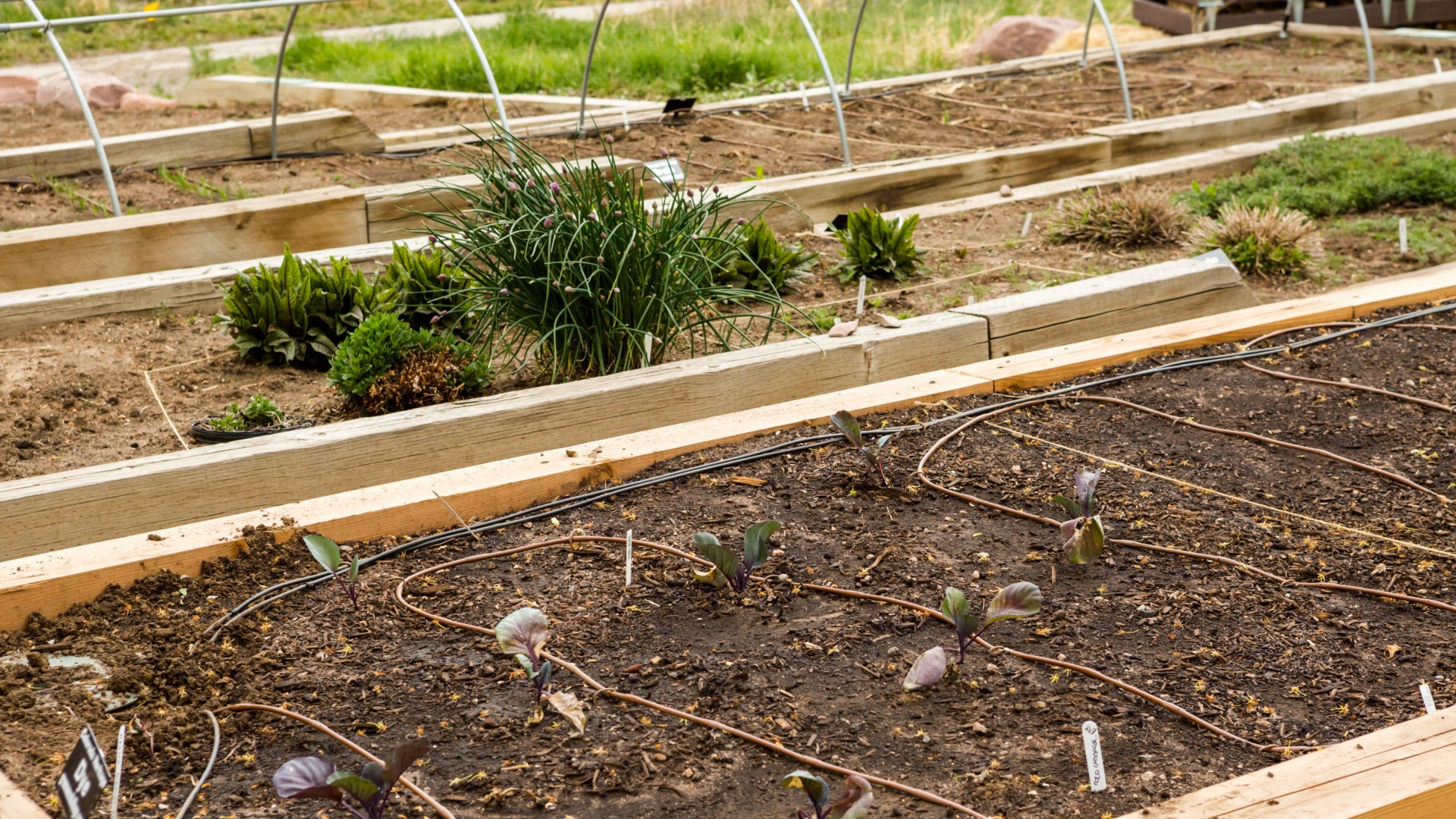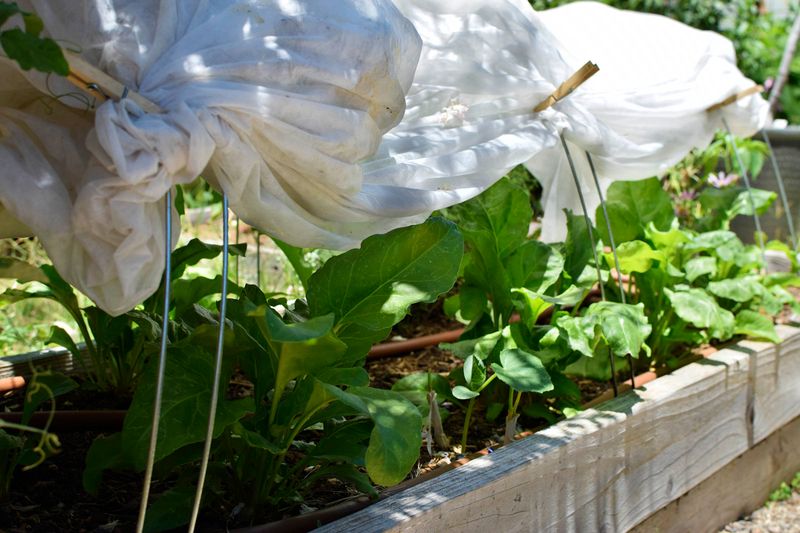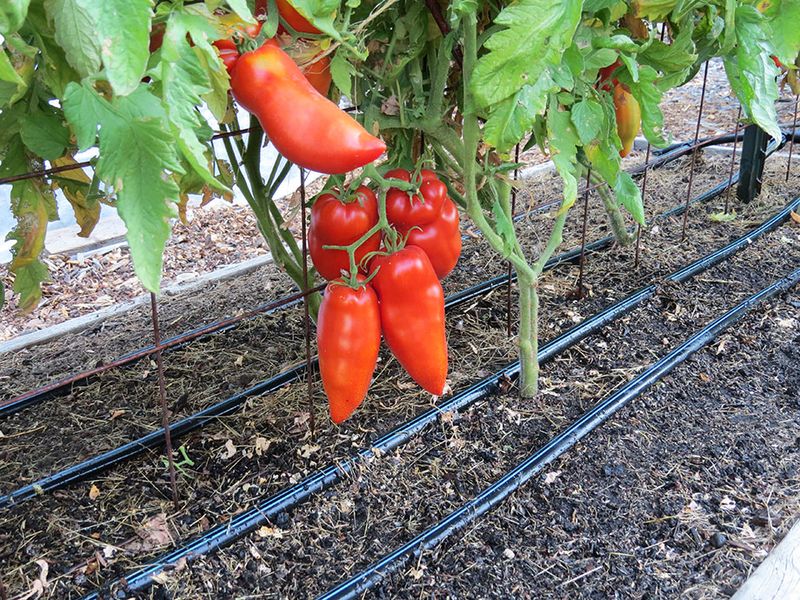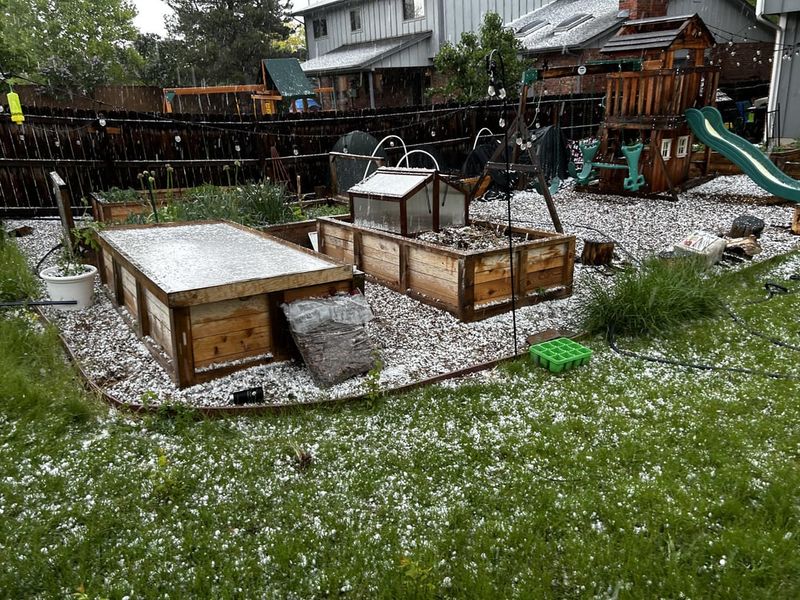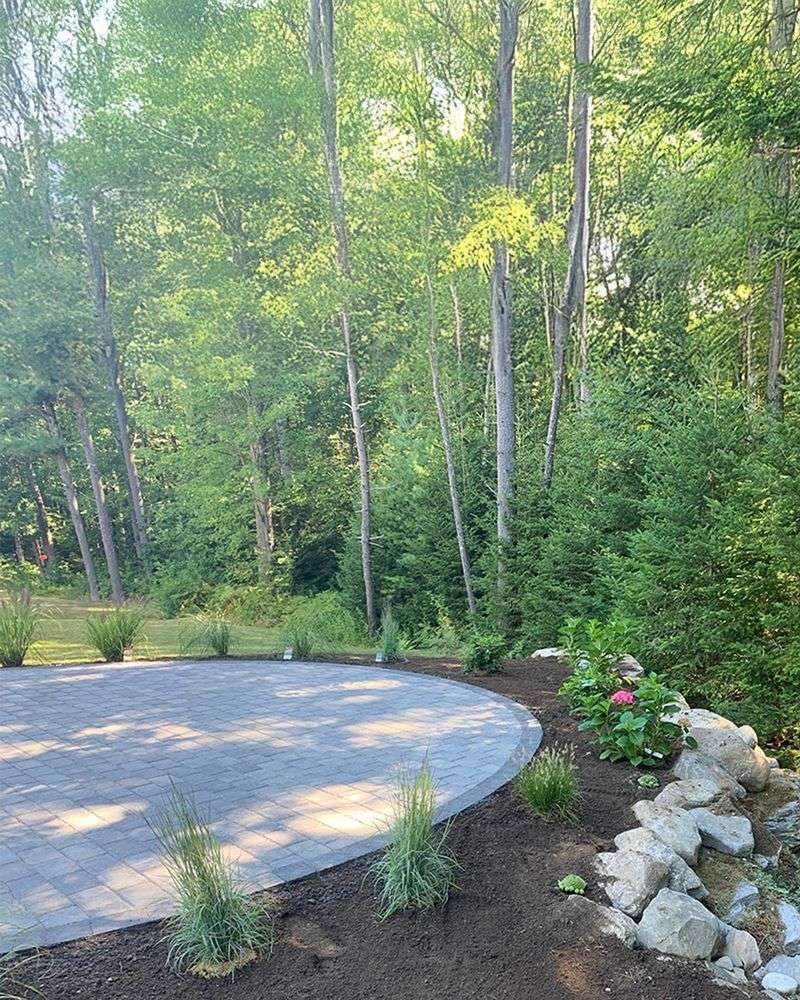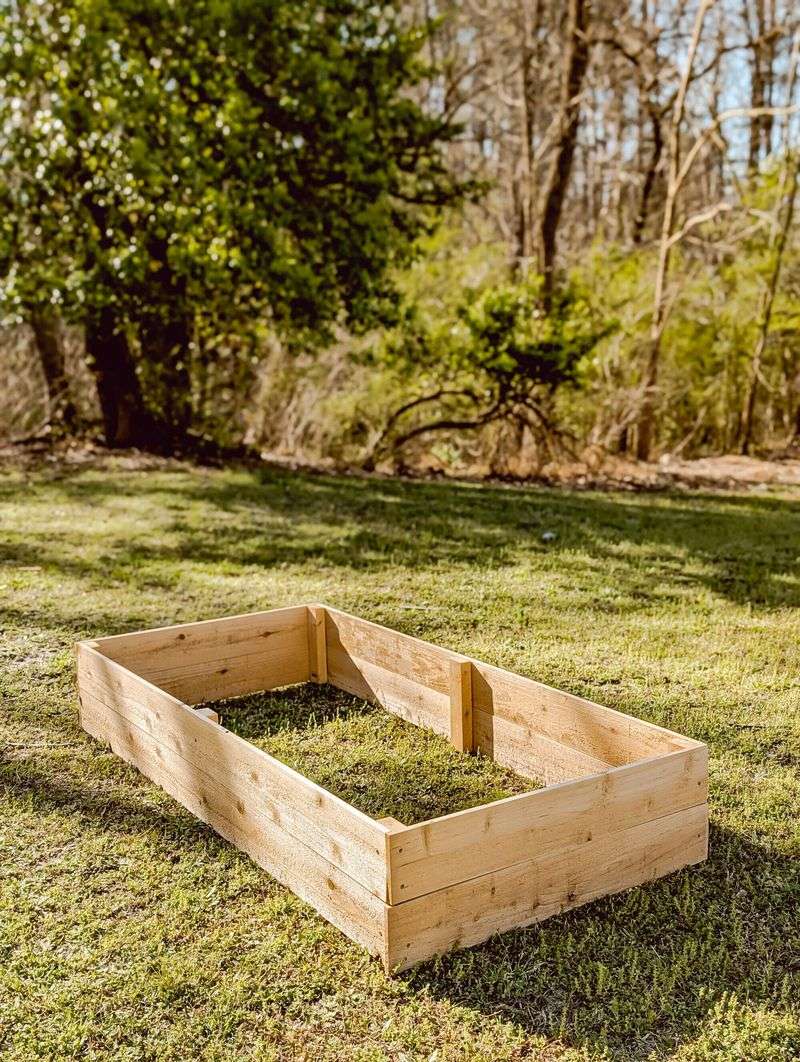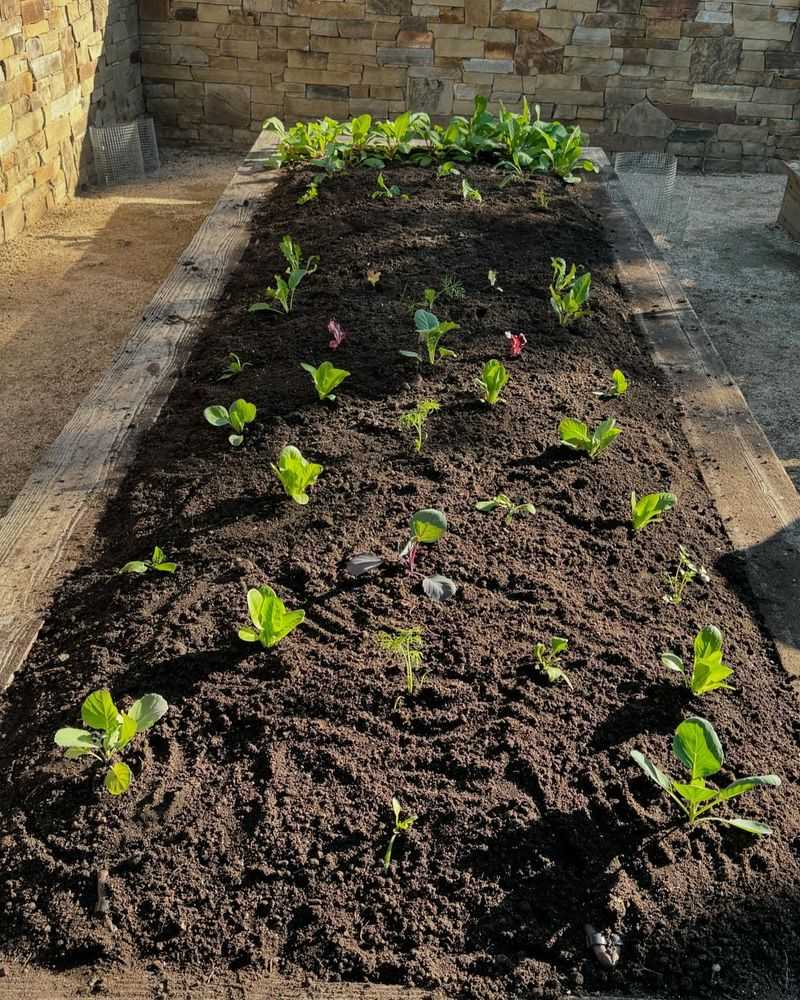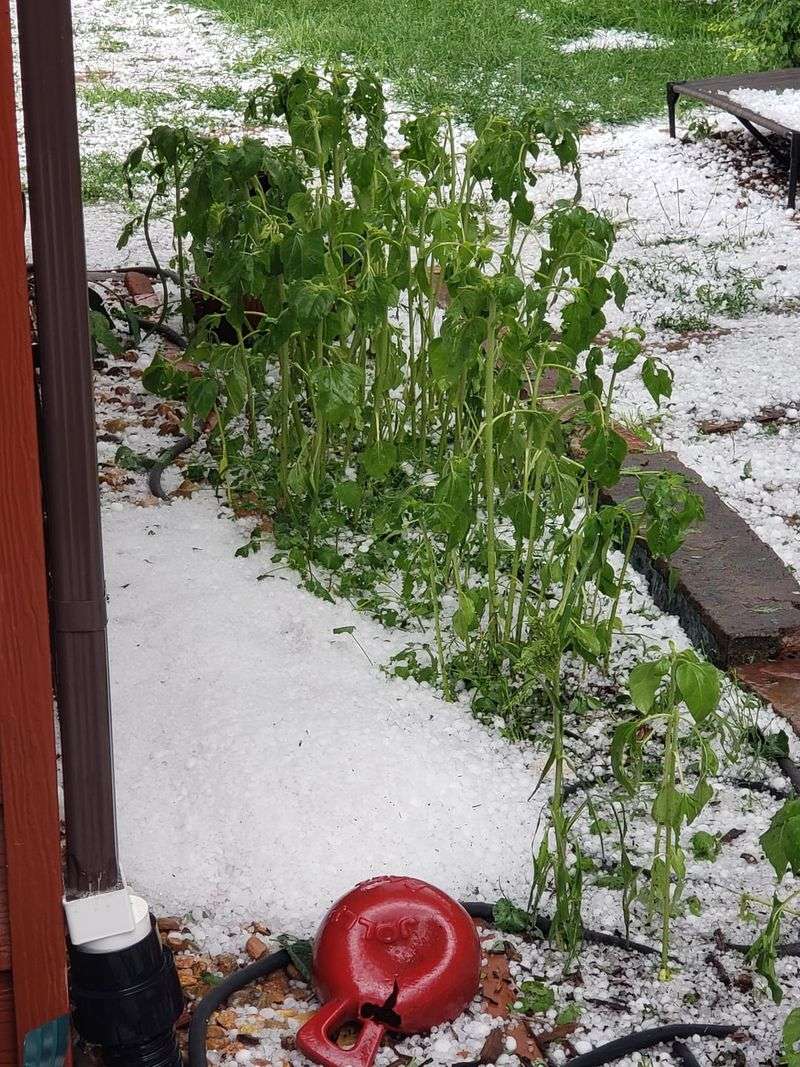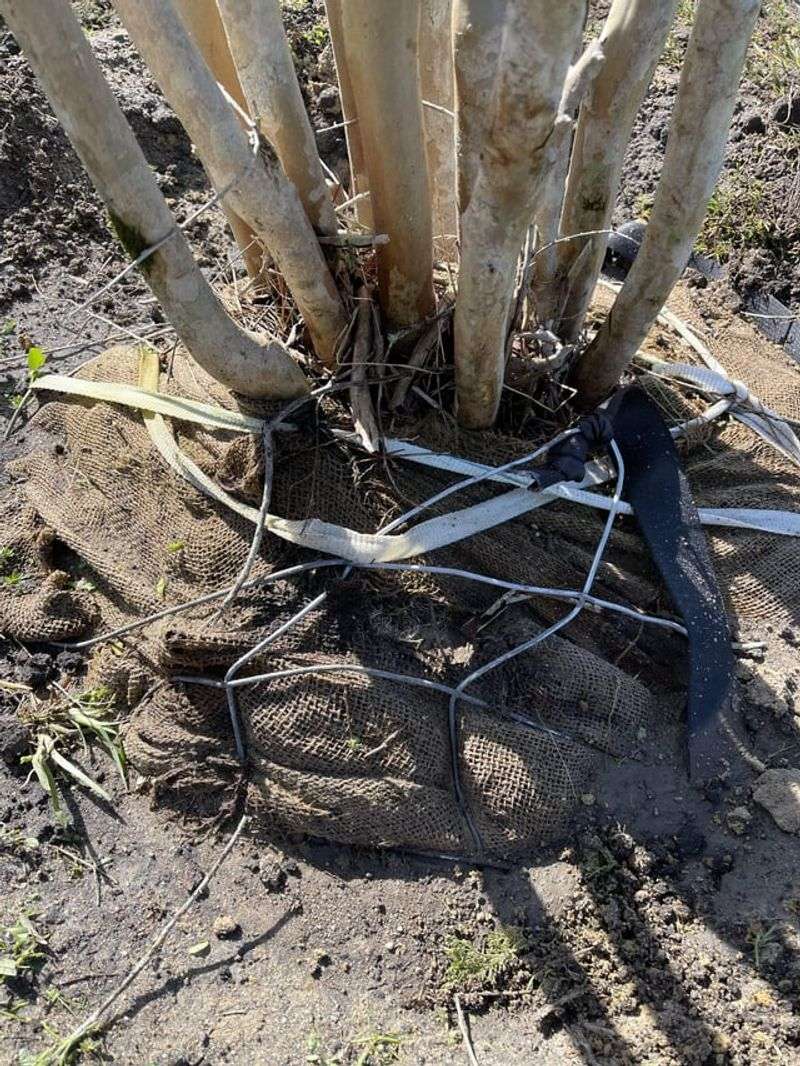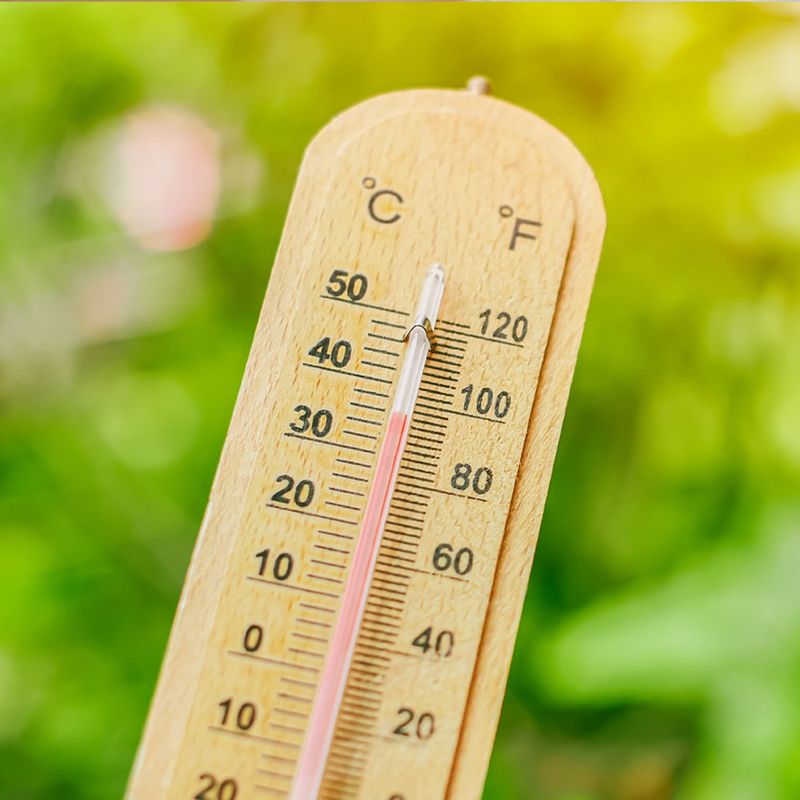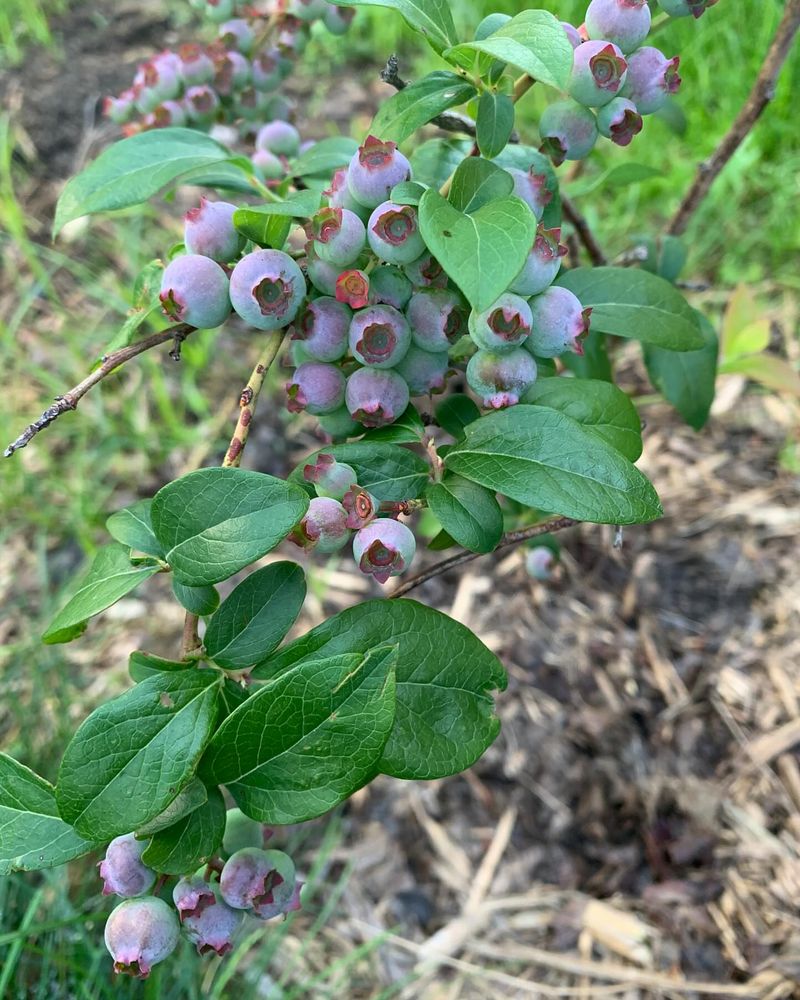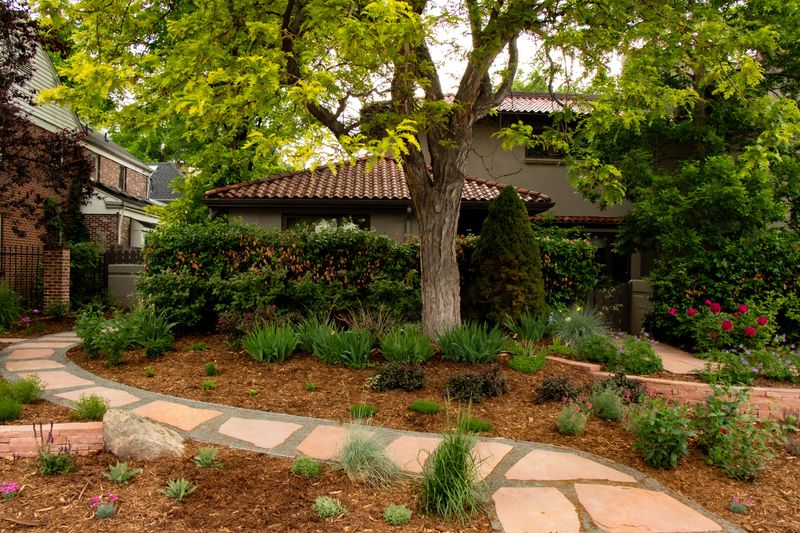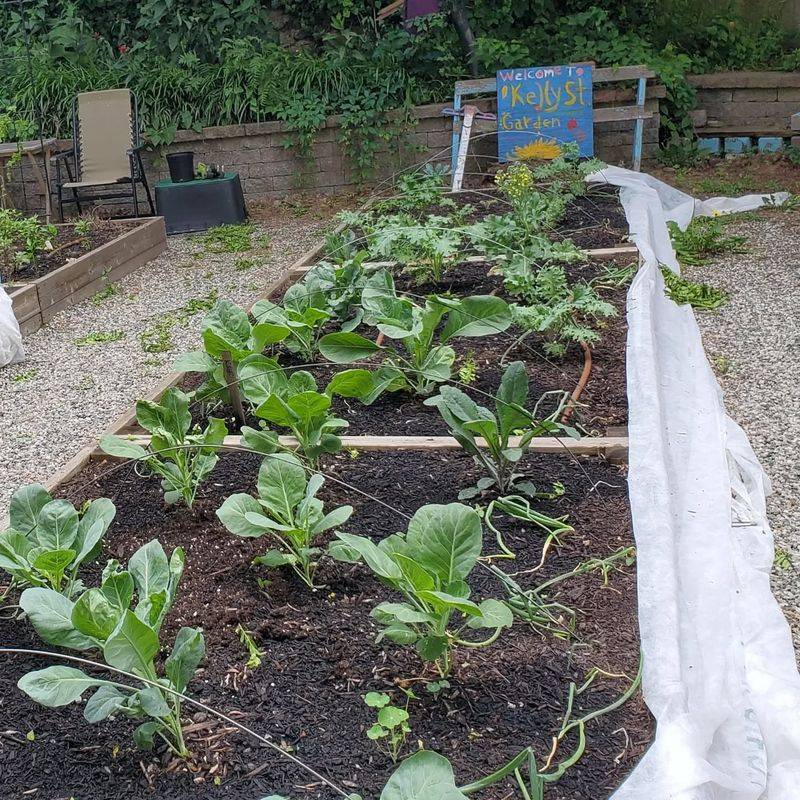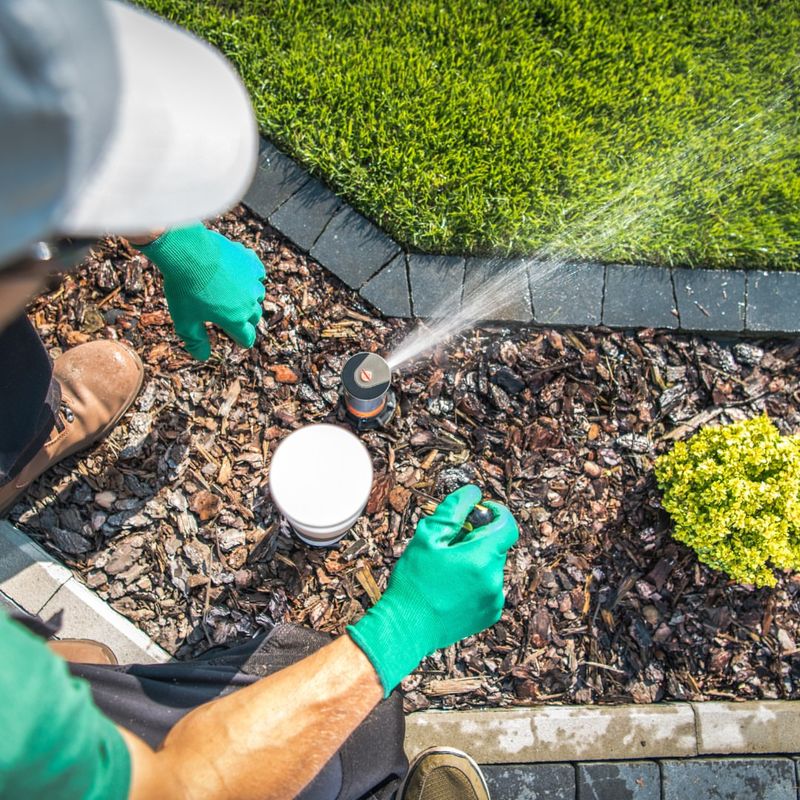Traditional raised beds used to be the go-to in Denver gardens—but more and more gardeners are walking away from them. The reason? They’ve found smarter, more adaptable methods that hold up better in the Mile High climate.
From extreme weather swings to dry soil struggles, these modern alternatives are saving water, cutting work, and delivering better harvests with less hassle.
1. Extreme Temperature Swings
Denver’s notorious temperature fluctuations can wreak havoc on wooden raised beds. The expansion and contraction from freezing nights and scorching days accelerate wood deterioration, leading to cracked boards and warped frames.
Many gardeners report replacing their wooden beds every 3-4 years, which gets expensive fast. Metal and stone alternatives offer longer lifespans but come with their own challenges in this climate.
2. Water Conservation Priorities
Traditional raised beds drain quickly and often waste precious water in Denver’s semi-arid climate. Smart gardeners are switching to water-wise alternatives like wicking beds that store moisture in reservoirs beneath the soil.
These systems use up to 50% less water while keeping plants consistently hydrated. With Colorado’s ongoing drought concerns, conservation-minded approaches make both environmental and financial sense for local growers.
3. Challenging Winter Conditions
Winter gardening becomes nearly impossible in traditional raised beds as they freeze solid in Denver’s harsh conditions. The elevated design exposes soil to colder temperatures than ground-level gardens.
Forward-thinking gardeners now use sunken beds or greenhouse-integrated systems that retain heat better. These alternatives extend the growing season by several weeks on both ends, allowing for earlier spring planting and later fall harvests.
4. High Maintenance Requirements
Raised beds demand constant soil replenishment as organic matter breaks down and settles. Denver gardeners find themselves adding new soil every spring, which gets expensive and time-consuming.
Many are switching to hugelkultur mounds or no-dig methods that build soil naturally over time. These approaches mimic natural systems, creating self-sustaining gardens that improve yearly rather than requiring constant inputs.
5. Wildlife Challenges
Raised beds provide little defense against Denver’s abundant wildlife. Rabbits hop right in, voles tunnel underneath, and deer can easily reach over the sides to munch on tender plants.
Gardeners now favor protected growing systems like covered beds or vertical gardens. Some innovative designs incorporate built-in fencing or mesh barriers that keep critters out while still allowing plants to thrive in Colorado’s challenging ecosystem.
6. Space Efficiency Concerns
Traditional raised beds waste valuable space with their rigid rectangular designs and necessary pathways. In Denver’s increasingly dense neighborhoods, maximizing growing area has become essential.
Vertical systems, keyhole gardens, and spiral designs offer significantly more growing space in the same footprint. These space-savvy alternatives can double or triple harvest yields while making better use of limited urban lots.
7. Expensive Lumber Costs
Building traditional raised beds has become prohibitively expensive as lumber prices continue to climb. Denver gardeners report spending hundreds of dollars just to construct basic wooden frames.
Community-minded growers are turning to upcycled materials and innovative designs that use less wood. Straw bale gardens, repurposed concrete blocks, and fabric grow bags offer affordable alternatives that perform just as well without breaking the bank.
8. Poor Cold-Season Performance
Traditional raised beds struggle to support cold-weather crops in Denver’s unpredictable spring and fall seasons. Their exposed sides allow heat to escape quickly, making season extension difficult.
Savvy gardeners now use thermal mass systems that absorb daytime heat and release it slowly overnight. Rock-lined beds, water barrels, or even simple black plastic can create microclimates that protect tender plants from sudden temperature drops so common along the Front Range.
9. Hail Damage Vulnerability
Denver’s notorious hailstorms can decimate gardens in minutes, and traditional raised beds offer no protection. Plants sitting high in these exposed beds take the full force of falling ice.
Forward-thinking gardeners have shifted to quick-cover systems or permanent hoop structures that can be rapidly deployed when storms threaten. Some innovative designs incorporate retractable covers that protect plants while still allowing full sun exposure during good weather.
10. Limited Root Depth
Many raised beds in Denver are too shallow for deep-rooted vegetables like tomatoes and root crops. The typical 12-inch depth restricts root development, resulting in stressed plants and reduced harvests.
Gardeners now favor deeper growing systems or ground-level beds that allow unrestricted root growth. These alternatives produce more robust plants that better withstand Colorado’s challenging conditions and yield significantly more food per square foot.
11. Soil Temperature Extremes
Raised beds heat up faster in spring but also experience more extreme temperature fluctuations that stress plants. Denver’s intense summer sun can overheat soil to harmful levels, while winter brings deeper freezing than in-ground gardens.
Gardeners now incorporate shade cloth, mulch systems, and thermal barriers to moderate these swings. Some have abandoned raised beds entirely for partially sunken designs that benefit from the earth’s natural insulation.
12. Alkaline Soil Challenges
Denver’s naturally alkaline soil makes maintaining proper pH in raised beds an ongoing battle. The city’s irrigation water further compounds the problem with its high mineral content.
Innovative gardeners now use self-acidifying systems that naturally balance pH over time. Incorporating pine needles, coffee grounds, and specific companion plants helps create microenvironments where acid-loving vegetables can thrive despite the region’s challenging soil chemistry.
13. Wind Exposure Problems
Denver’s notorious wind patterns can devastate plants in raised beds, which sit higher and catch more gusts than ground-level gardens. Plants become wind-stressed, use more water, and often suffer physical damage.
Creative gardeners now incorporate windbreak designs and sunken growing areas. These protected spaces create microclimates where plants thrive without constant battering from Colorado’s frequent Front Range winds.
14. Community Garden Innovations
Denver’s community gardens are leading the shift away from traditional raised beds toward more collaborative growing systems. Shared keyhole gardens and mandala designs maximize space while building community connections.
These innovative layouts allow more people to grow food in the same space. Many community gardens report 30% more participation after redesigning their plots to move beyond the limitations of individual raised bed rectangles.
15. Smart Water Management
Traditional raised beds make efficient irrigation difficult in Denver’s water-conscious environment. They often require daily watering during hot spells and struggle with even moisture distribution.
Forward-looking gardeners now use ollas, drip systems, and self-watering designs that deliver moisture directly to roots. These water-wise approaches align with Denver Water’s conservation goals while producing healthier plants that require less maintenance.

